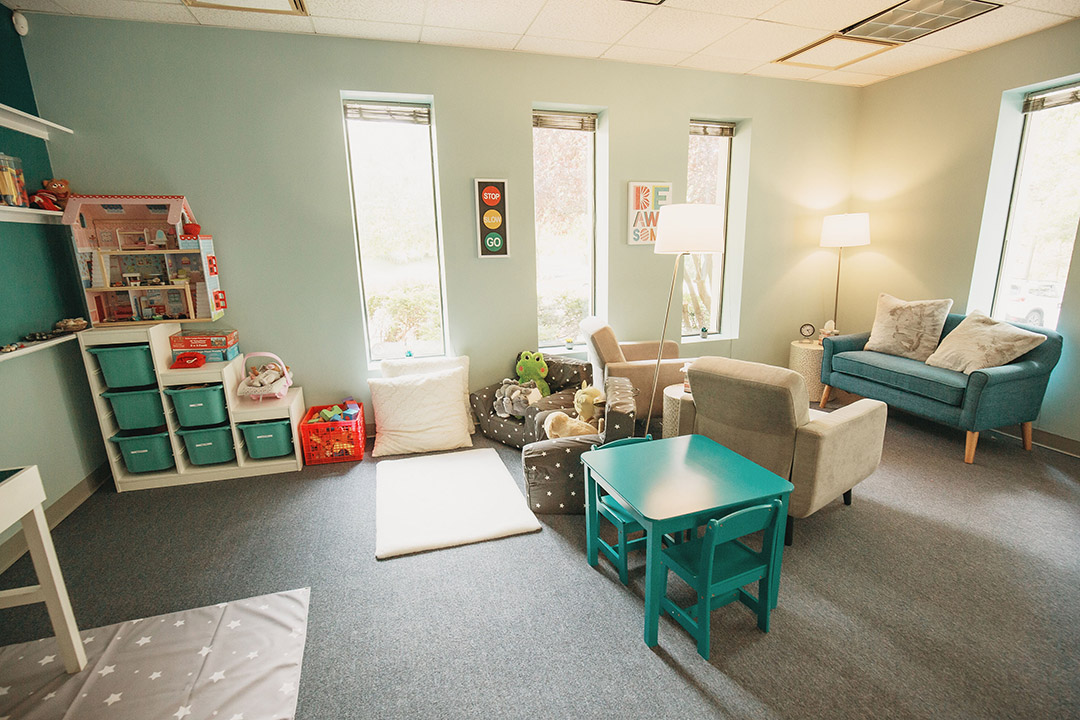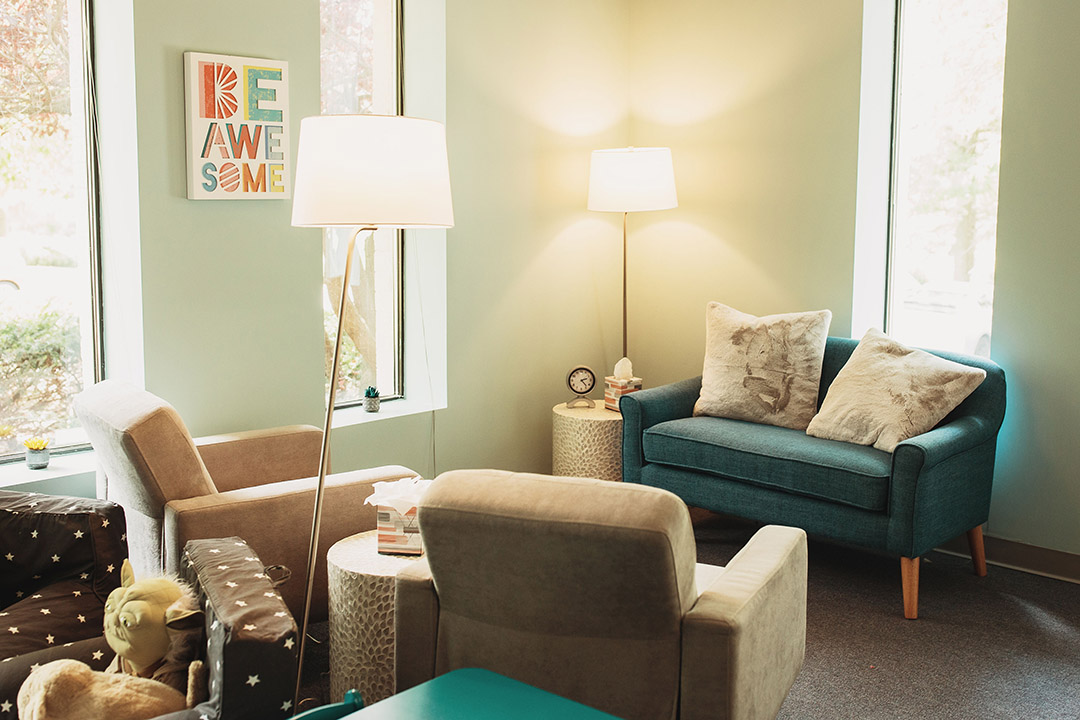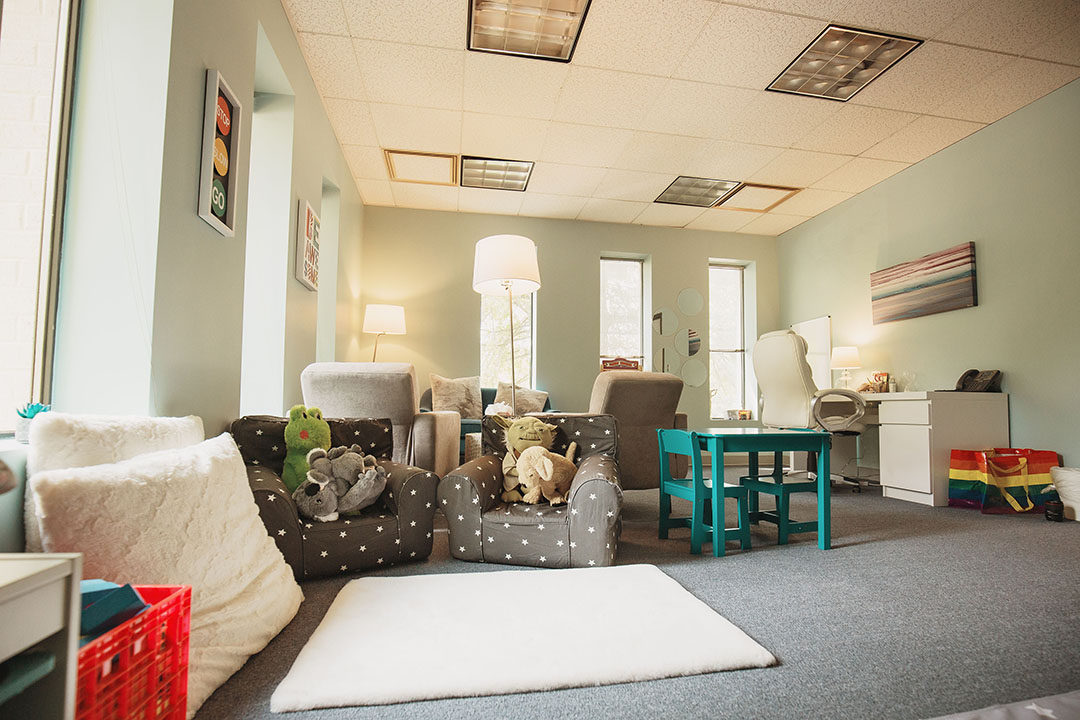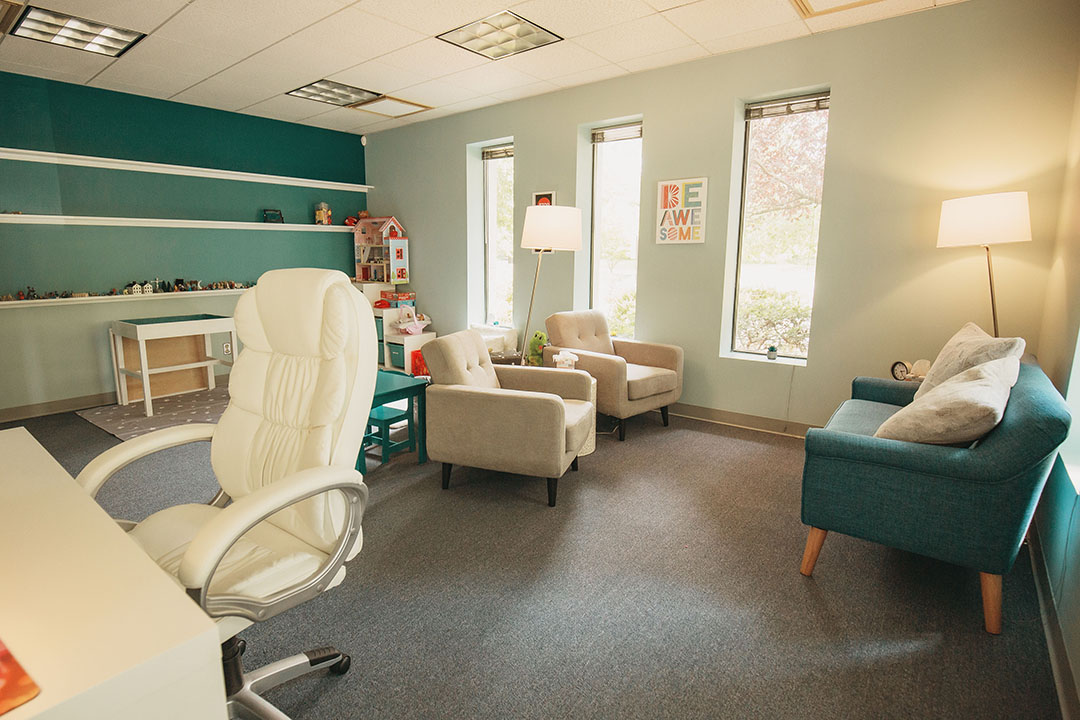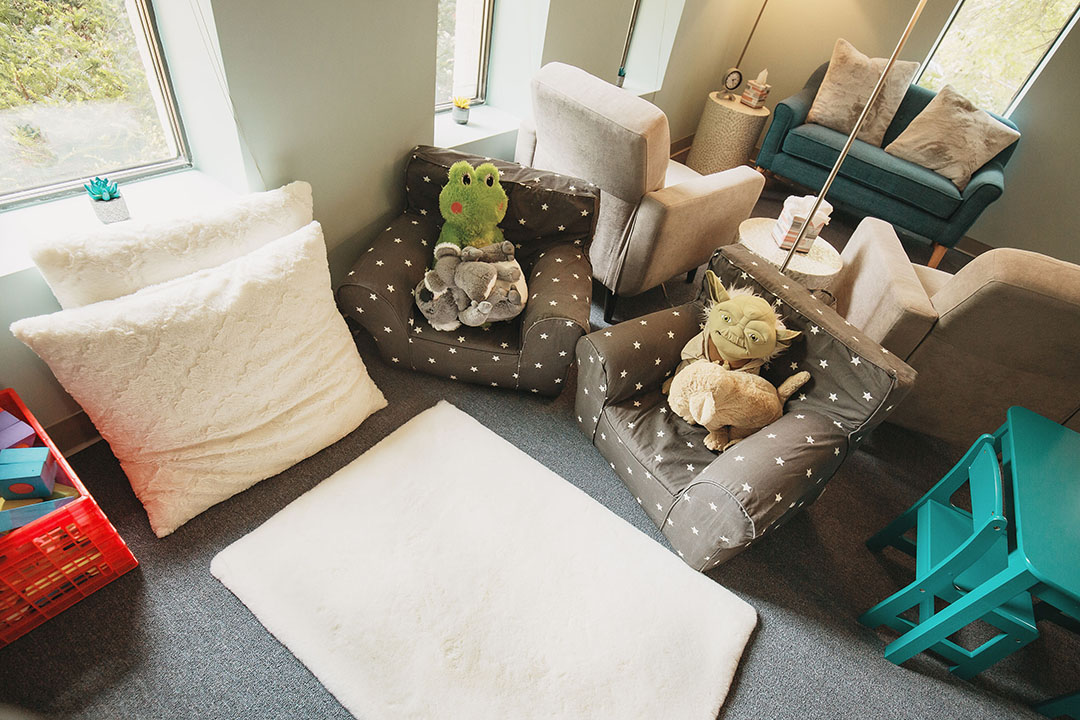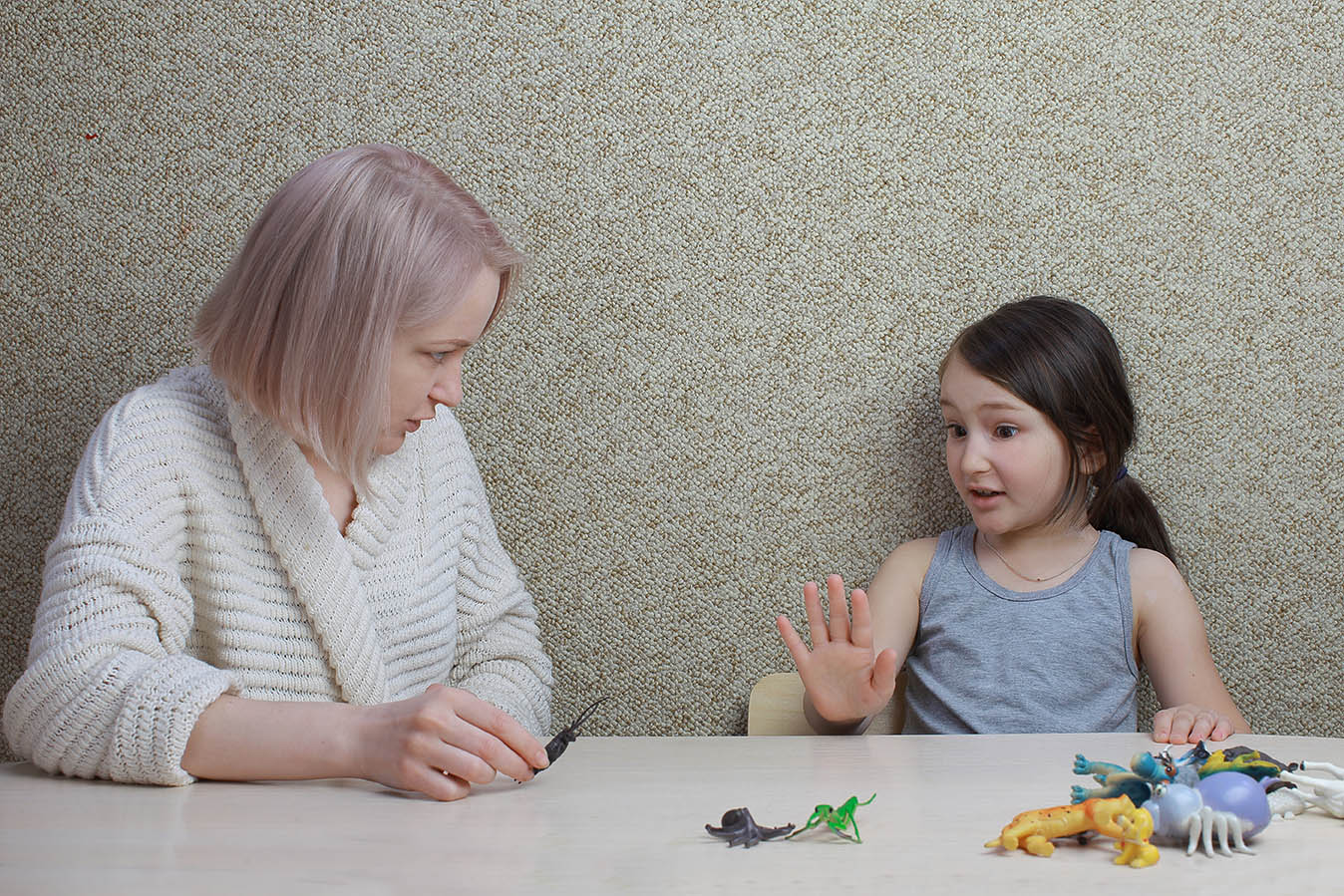play therapy
Play Therapy Explained
Children’s primary language is play. Although sometimes used with adults, play therapy is an approach primarily used to help children explore their lives and freely express thoughts and emotions through play. Therapeutic play normally takes place in our playroom, where the child is encouraged to use free expression and allowing the therapist to observe the child’s choices, decisions, and play style. The goal is to help children learn to express themselves in healthier ways, become more respectful and empathetic, and discover new and more positive ways to solve problems. There are two approaches to play therapy:
Non-directive vs Directive Play Therapy
Non-directive play therapy is based on the principle that children can resolve their own issues given the right conditions and the freedom to play with limited instruction and supervision.
Directive play therapy uses more input from the therapist to help speed up results. Play therapists use both approaches, depending on the child.
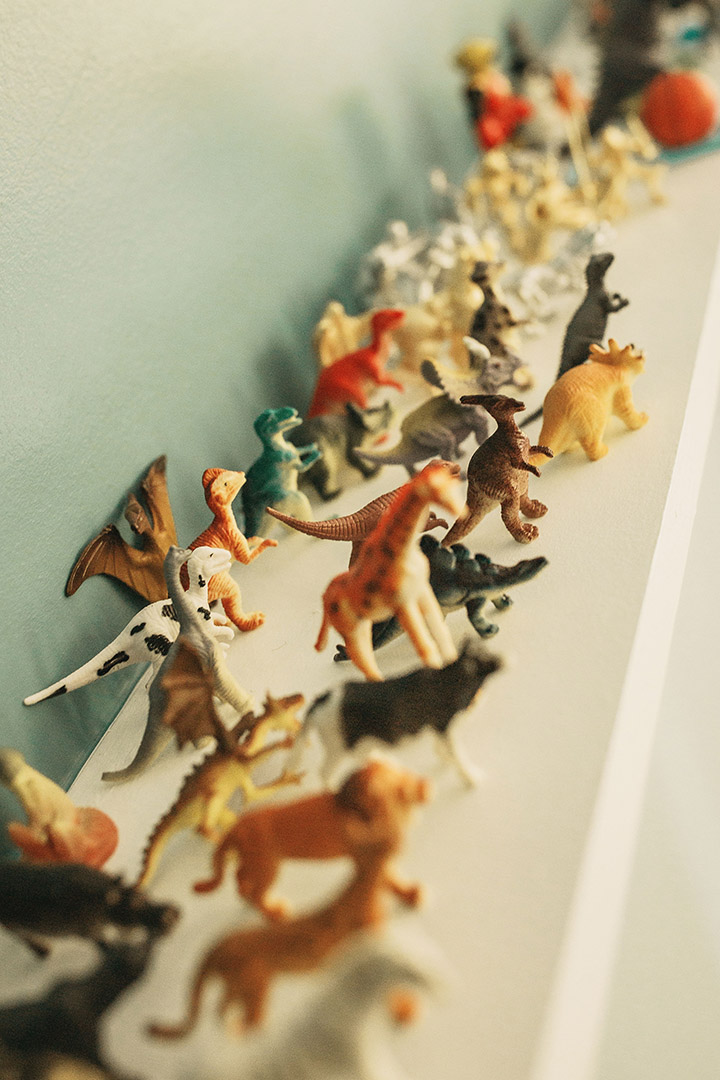
When do you recommend Play Therapy?
Therapeutic play helps children with social or emotional deficits learn to communicate better, change their behavior, develop problem-solving skills, and relate to others in positive ways. It is appropriate for children undergoing or witnessing stressful events in their lives, such as a serious illness or hospitalization, domestic violence, abuse, trauma, a family crisis, or an upsetting change in their environment. Play therapy can help children with academic and social problems, learning disabilities, behavioral disorders, anxiety, depression, grief, or anger, as well as those with attention deficit disorders or who are on the autism spectrum.
What is the process like?
The parent or caregiver plays an important role in play therapy for children. An initial phone contact in which the parent can provide information to the clinician about the parent’s concerns. In a separate interview with the child, the therapist can make an assessment and begin to formulate a treatment plan. In the playroom, the child is encouraged to play with specific toys that encourage self-expression and facilitate learning positive behaviors. Arts and crafts, music, sand tray, dancing, storytelling, and other tools may also be incorporated into play therapy. Play therapy usually occurs in weekly sessions for an average of 20 sessions lasting 30 to 45 minutes each.
Why choose a Play Therapist?
Play therapists must undergo additional training and supervision specific to the art of play therapy. The play therapy room must have certain components available and the therapist can remain available as additional support with schools, pediatricians, and other members of the treatment team.

